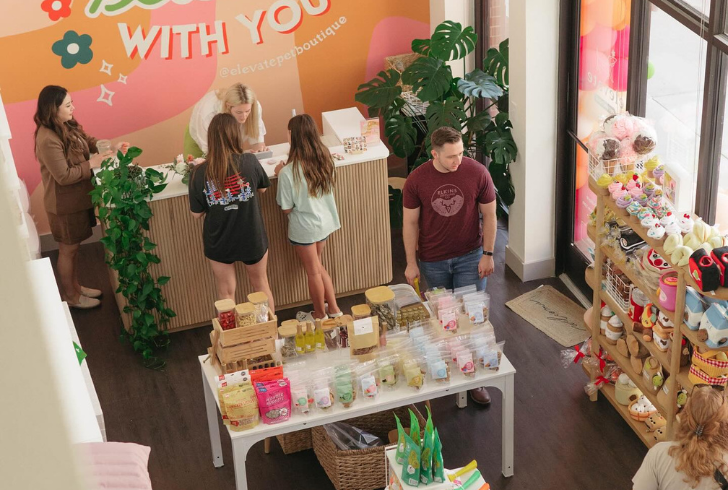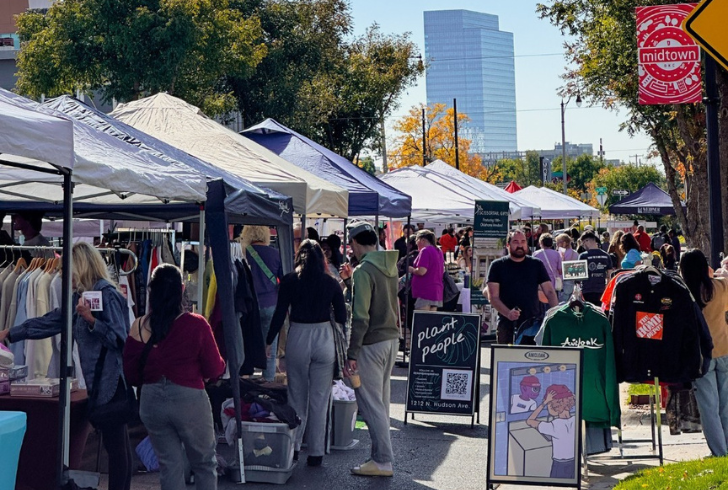Small Business Opportunities and Challenges in Today’s Economy
Small businesses are seeing both progress and pressure in 2025. While profitability ticked upward in March, challenges like rising inflation, international tariffs, and costlier imports are reshaping how many local businesses operate.
From retail boutiques in Oklahoma City to custom stationery shops, owners are finding new ways to stay afloat in a changing business environment—where opportunity often walks hand in hand with uncertainty.
A Look at the Current Small Business Trends
Bank of America’s recent Small Business Checkpoint report revealed a continuation of positive momentum into March, marking steady gains that began in January. Payrolls rose by 2.6% in Q1 compared to the previous year. However, spending patterns are shifting. Businesses appear to be pulling back on discretionary costs like marketing and advertising. Instead, more funds are being funneled into inventory and supply chain management.
Despite this shift, small businesses remain a major economic force. According to the U.S. Chamber of Commerce, they account for nearly half of all private-sector jobs and contribute around 43.5% of the country’s GDP. That influence is hard to ignore.
Rising Costs Create Real-World Tensions

Instagram | elevatepetboutique | Helen Han from “Elevate Pet Boutique” explained the unavoidable rise in prices for imported items.
New tariffs and inflation are pinching small businesses across multiple sectors. Many entrepreneurs are finding it harder to maintain margins, even as they work to keep prices fair for customers.
Helen Han, who runs “Elevate Pet Boutique” in Midtown Oklahoma City, explained that price hikes on imported goods are unavoidable. “We used to pay a fraction of what we do now. Some of our products have gone up more than 200%,” she said. To stay open, Han has had to raise prices, especially for imported items like toys and accessories.
While competing with big box chains and e-commerce giants is tough, her curated selection of specialty pet items—ranging from gourmet treats and nutritious food to apparel and interactive toys—keeps loyal customers coming back. “There’s strong support for local businesses that offer something you can’t find elsewhere,” Han added.
Concerns Over Materials and Supply Chains
Just a few doors down from Han, Jade Urash owns “Chirps & Cheers,” a boutique specializing in custom invitations and fine stationery. Her business sources many materials from overseas, though her vendors are U.S.-based. Still, much of the pulp used in her premium papers comes from countries like India and China.
“I’m okay for now since my suppliers still have inventory, but if tariffs go up again, I’ll have to cut back when I start ordering for the holiday season,” Urash explained. She’s particularly concerned that rising costs could drive customers toward cheaper, stock alternatives instead of custom-designed invitations. “People want quality, but there’s a limit to how much more they’re willing to pay—especially with all the economic uncertainty.”
Consumer Habits and Small Business Loyalty
Despite rising prices, many consumers still prefer small businesses for their personalized service, quality offerings, and local roots. A recent survey by Constant Contact found that while only 20% of Americans know there are over 33 million small businesses in the country, a large majority—over 80%—believe these businesses have a positive impact on their daily lives.
Among the most supported categories:
– Independent restaurants and cafes
– Retail and specialty stores
– Local franchises
– Personal care and wellness services
– Home and auto services
Interestingly, 40% of respondents said they would be devastated if their favorite local business had to shut down.
Spotlight on Oklahoma’s Small Business Growth

Instagram | midtownokc | Oklahoma 382,928 small businesses are the backbone of its economy and employment.
With 382,928 small businesses, Oklahoma’s economy depends heavily on their success. These businesses employ over half the state’s private-sector workforce. Sectors like construction, retail, healthcare, and professional services are leading the charge.
The state is also investing in its future. The Oklahoma Department of Commerce recently finalized the 2025 Oklahoma Innovation Expansion Program, approving 201 small business projects totaling $82 million in capital investments. These projects are expected to add 967 new jobs and $52 million in payroll, with a projected GDP impact of $278 million.
Chase Horn, a spokesperson for the department, noted that 98% of the program’s participants are small businesses. “These companies are creating new products, expanding capacity, and bringing fresh energy into the state’s economy,” he said.
What Lies Ahead for Small Business Owners
The road forward is far from smooth, but it’s not without promise. As business owners adapt to shifting costs and supply disruptions, many are also seeing a renewed push from consumers who value shopping small. Whether through local policy support, federal tariff relief, or community engagement, small business resilience continues to shine.
In the face of economic headwinds, small businesses aren’t backing down—they’re getting creative, adjusting fast, and proving, once again, just how essential they are to both local communities and the national economy.